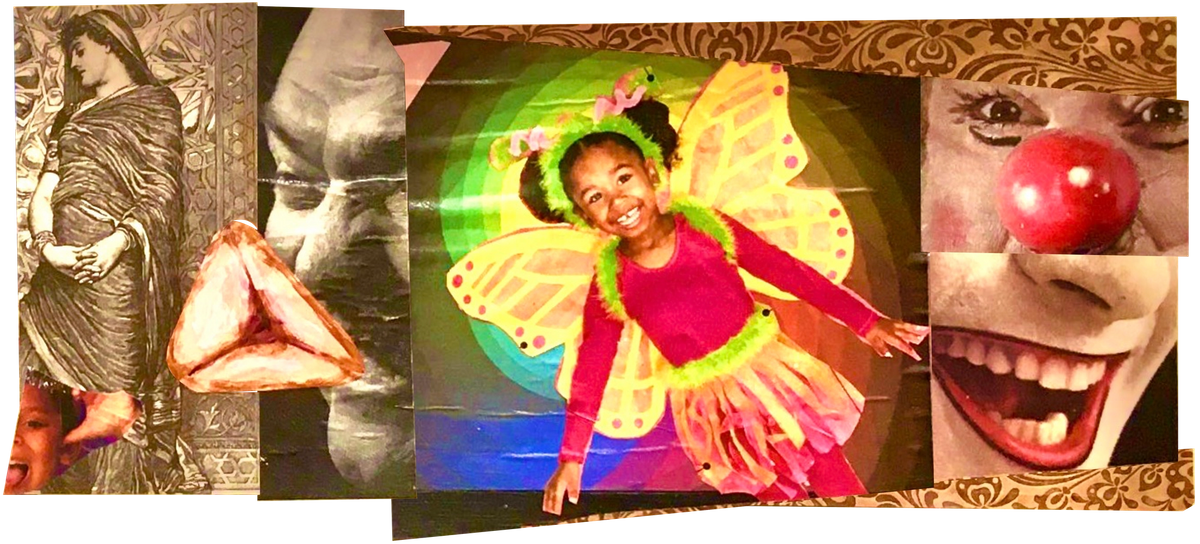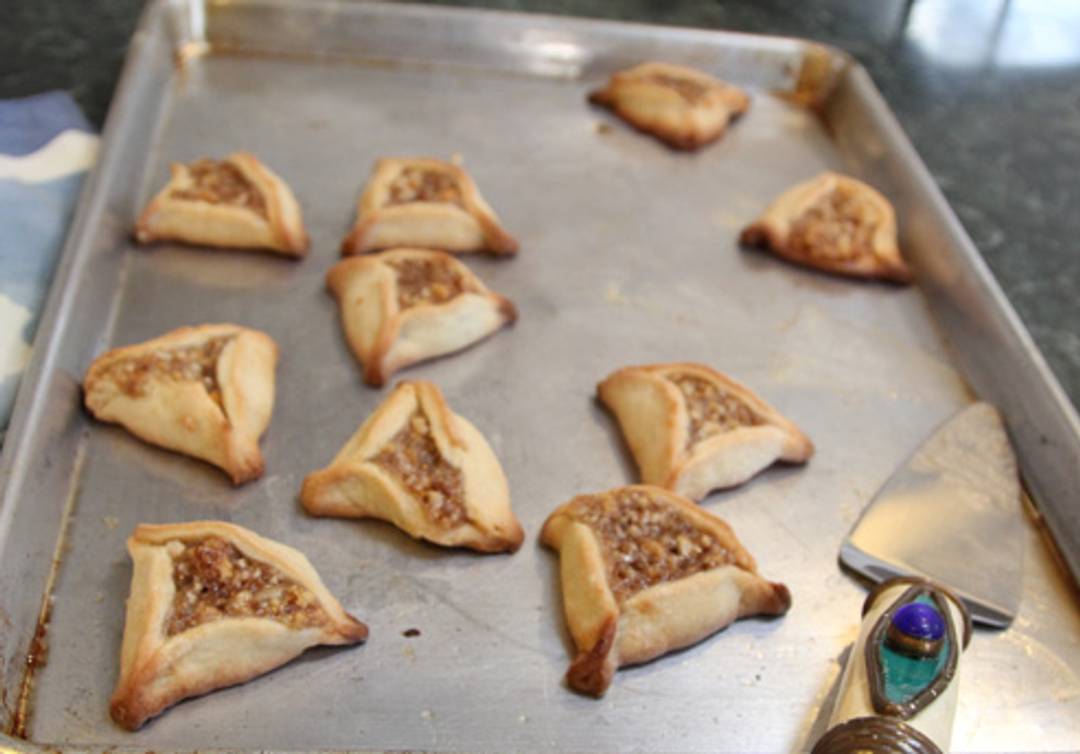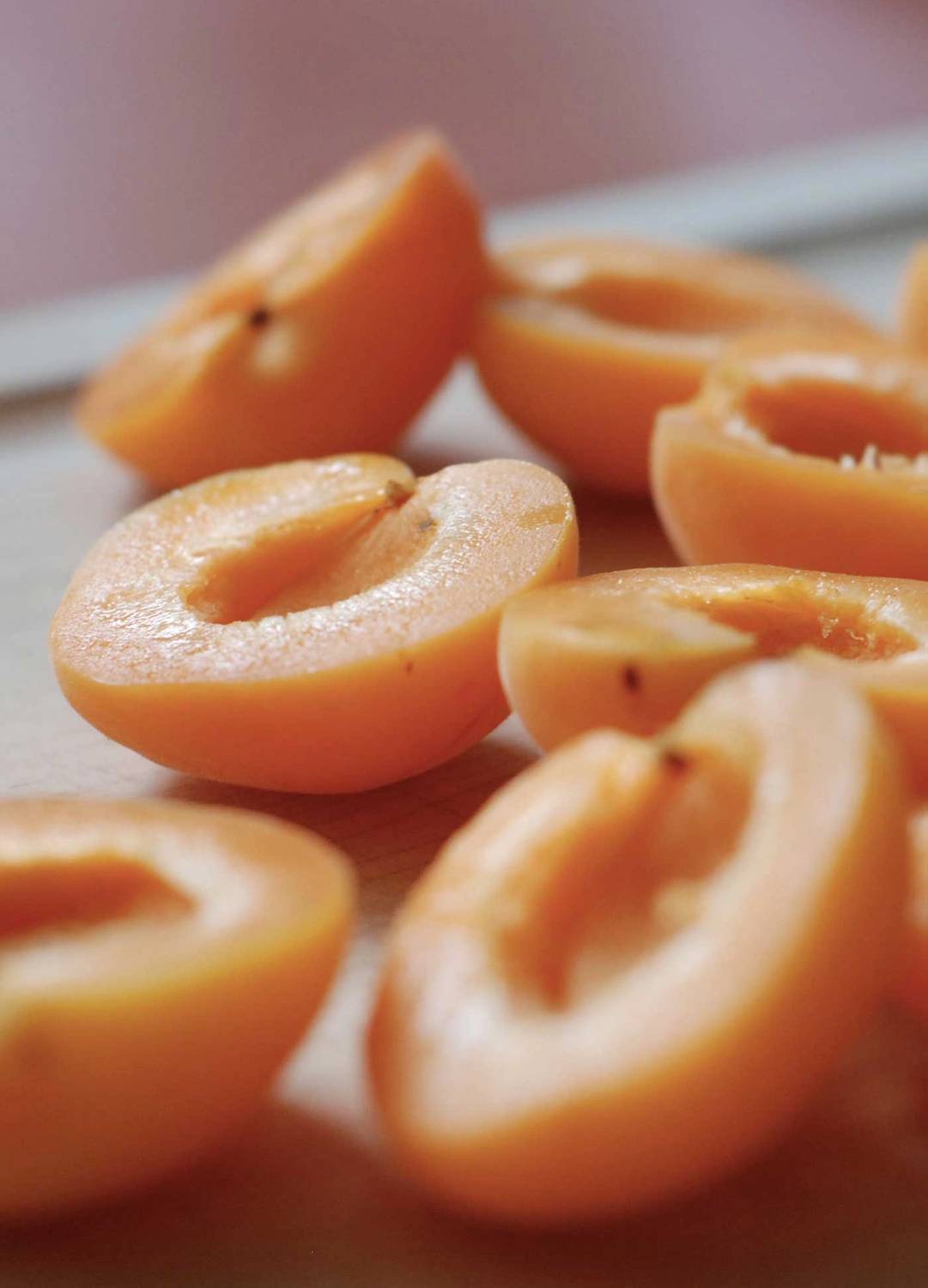Purim


What is Purim? Purim celebrates the foiling of a plan to destroy the Jews in 4th century Persia. We celebrate by dressing in costume, eating hamantaschen, and making merry.
When is Purim? In 2025, Purim begins at sundown Thursday, March 13, and ends at sundown Friday, March 14.
What’s it all about? Purim is the Hebrew word for “lots,” and the lots in question were drawn by Haman, an evil advisor to the Persian king Ahasuerus in the 4th century BCE, in order to decide on which day the kingdom’s Jews would be put to death. The plan was foiled thanks to Esther, the king’s Jewish wife; the Jews, saved from the gallows Haman constructed, then used those same gallows to execute him, his descendants, and thousands of other enemies. To commemorate this story of slyness and survival, we get rowdy each year on the 14th day of Adar.
Although the traditional account of the holiday’s narrative, the Book of Esther, became the last of the biblical volumes to be canonized by the sages of the Great Assembly before the destruction of the Second Temple, it lacks even a single mention of God. This has been the subject of countless debates among Jewish scholars, some of whom believe that its heroine’s name, Esther, is meant to evoke the Hebrew word hester, or “hiding,” signifying that God, even when out of view, is always directing the affairs of his people.
God, of course, isn’t the only one hiding on Purim. Esther herself spends much of the story concealing her Jewish identity, and Mordechai, her uncle, learns of Haman’s plot when he secretly eavesdrops on two royal guards. Over the past five centuries, a tradition has evolved permitting ordinary Jews, too, to masquerade themselves on Purim, a feature of the holiday that’s become among its most popular.
Any bad guys? Haman, the advisor to Ahasuerus, who plotted a scheme to kill all the Jews. His scheme failed.
Anything good to eat? The food most closely associated with Purim is the hamantaschen—a triangular shaped cookie with a sweet filling, usually made of poppy seed or jam.
Any dos and don’ts? Purim being a big party, there are only dos. The first obligation is mishloach manot, “delivery of portions.” This custom—deriving directly from the Book of Esther—calls for the exchange of intricately composed baskets of prepared foods, mostly candy and pastries and wine. Traditionally, the baskets are delivered by children, who then receive a nice portion of the candy within. One perennial favorite is the hamentash, a triangular cookie that recalls either Haman’s hat or his ear, and which is typically filled with jams and fruit spreads.
With one’s friends and relatives well-fed and happy, Purim stipulates that one must also take care of the poor. The holiday’s second obligation is giving to charity, which is why some communities auction off their mishloach manot, with the resulting earnings going to tzedakah.
But Purim is as much about the text as it is about anything else. The Talmud demands that we congregate in synagogue and read the Book of Esther aloud. The book, also known as a megillah, or scroll, is read with its own traditional chant, and each time the evil Haman’s name is mentioned, congregants rattle groggers and other types of noisemakers to drown out his name. Readers are also encouraged to tell jokes, do tricks, and entertain their listeners any way they see fit. Such merrymaking led to the birth of the Purimspiel, or the Purim play, a lively bit of community theater that puts an irreverent spin on the events depicted in the Book of Esther.
And as such spiritedness is hard to come by when one is sober, drinking is not only permitted but encouraged. The Talmud tells us that one should drink on Purim until one can no longer distinguish between the blessed Mordechai and the cursed Haman. The Hebrew phrase for “no longer tell the difference”—ad lo yada—has become the name for drunken Purim carnivals celebrated annually across Israel, in which Haman (or Hitler, or Saddam Hussein, or any other enemy of the Jews) is traditionally hanged or burned in effigy.




